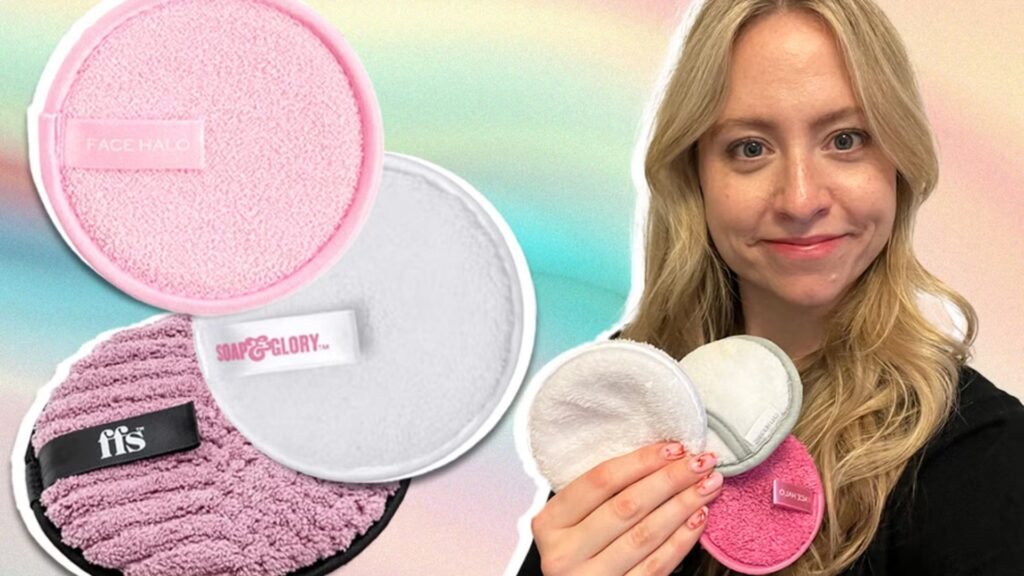
Introduction: Why Start with Zero-Waste Swaps?
Adopting a zero-waste lifestyle can feel overwhelming, but small, affordable changes make a big difference. The average household generates over 400 pounds of kitchen waste annually [16], much of it from single-use plastics. Fortunately, eco-friendly swaps don’t require a hefty budget—many cost
1. Swap Plastic Razors for a Safety Razor
Cost: ~9.99:cite[1]:cite[7] ∗∗WhyItWorks:∗∗Disposablerazorscontributeto∗∗2billionplasticunits∗∗inU.S.landfillsyearly. offers a close shave, lasts decades, and uses replaceable blades (as long as 9.99): cite[1]:cite[7] ∗∗WhyItWorks:∗∗Disposablerazorscontributeto∗∗2billionplasticunits∗∗inU.S.landfillsyearly. A metal safety razor offers a close shave, lasts decades, and uses replaceable blades (as low as $0.10 each).
Beginner Tip: Start with a beginner-friendly model and watch tutorials to avoid nicks.
2. Replace Plastic Toothbrushes with Bamboo Alternatives

Cost: ~$8.49 for a pack of 4 112
Why It Works: Bamboo toothbrushes decompose naturally, unlike plastic ones that linger for 500+ years. Many brands include compostable bristles.
Beginner Tip: Pair with zero-waste dental floss (silk or vegan options) for a full eco-routine.
3. DIY Cleaning Solutions with Vinegar & Baking Soda
Cost: ~$3 (64 oz vinegar + 1 lb baking soda) 813
Why It Works: Skip toxic sprays and plastic bottles. A 50/50 vinegar-water mix tackles grease, mold, and odors, while baking soda scrubs surfaces.
Beginner Tip: Infuse vinegar with citrus peels for a fresh scent.
4. Switch to Reusable Makeup Remover Pads

Cost: ~$8.99 for 14 pads (113)
Why It Works: Disposable cotton rounds waste water and pesticides. Reusable pads (often made from organic cotton or bamboo) last years and reduce landfill waste.
Beginner Tip: Sew your own from old T-shirts or flannel scraps.
5. Use Swedish Dishcloths Instead of Paper Towels
Cost: ~$5.99 for a 3-pack (116)
Why It Works: One Swedish dishcloth replaces 17 rolls of paper towels, saving trees and water. They’re compostable and absorb 20x their weight.
Beginner Tip: Opt for colorful designs to brighten your kitchen.
6. Upgrade to Cloth Napkins

Cost: ~9.99 for a set of 6; cite [3]; cite [8] household spends ∗∗9.99 for a set of 6:cite[3]:cite[8] ∗∗Why It Works:∗∗ The average U.S. household spends 35 **35h/year on paper napkins**. Cloth versions add charm to meals and reduce deforestation.
Beginner Tip: Thrift vintage linens or repurpose old fabric.
7. Sew Reusable Produce Bags
Cost: ~$2 (using thrifted pillowcases) 816
Why It Works: Plastic produce bags are used for minutes but pollute oceans for centuries. Lightweight mesh bags are washable and perfect for groceries.
Beginner Tip: No sewing skills? Use hair ties to secure bag openings.
8. Beeswax Wraps for Food Storage

Cost: ~$9 for a 3-pack (1216)
Why It Works: Plastic wrap is non-recyclable and often single-use. Beeswax wraps mold to bowls and sandwiches with body heat and last up to a year.
Beginner Tip: Revive worn wraps by reheating them in the oven.
9. Try Wool Dryer Balls
Cost: ~$8.99 for a 4-pack 113
Why It Works: Dryer sheets contain chemicals and microplastics. Wool balls reduce drying time by 20–30%, soften fabrics, and can be scented with essential oils.
Beginner Tip: Add a drop of lavender oil for fresh-smelling laundry.
10. Repurpose Mason Jars for Storage
Cost: Free–$1 (thrifted) 816
Why It Works: Glass jars from sauces or pickles are endlessly versatile—store pantry items, meal-prep lunches, or even brew iced tea.
Beginner Tip: Label jars with chalk paint for a tidy pantry.
Bonus Tips for Success
- Start Small: Focus on one room (e.g., bathroom or kitchen) to avoid overwhelm. 12.
- Use What You Have: Finish existing products before buying new ones. 78.
- Join Buy Nothing Groups: Source-free items like jars or cloth napkins locally (7).
- Track Savings: Reusable swaps can save 1,415–2,359 annually. 9.
Conclusion: Progress Over Perfection
Zero-waste living isn’t about perfection—it’s about mindful choices. By prioritizing swaps under $10, you’ll reduce waste, save money, and join millions embracing “imperfect sustainability.” 6. Remember: “We don’t need a handful of people doing zero waste perfectly. We need millions doing it imperfectly.” 6.
Sources: Explore more tips from ZeroWasteStore, Hello Brownlow, and My Green Closet.


